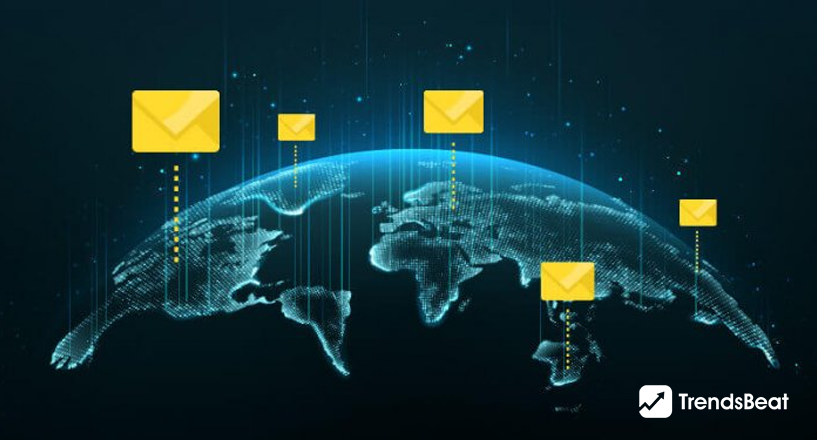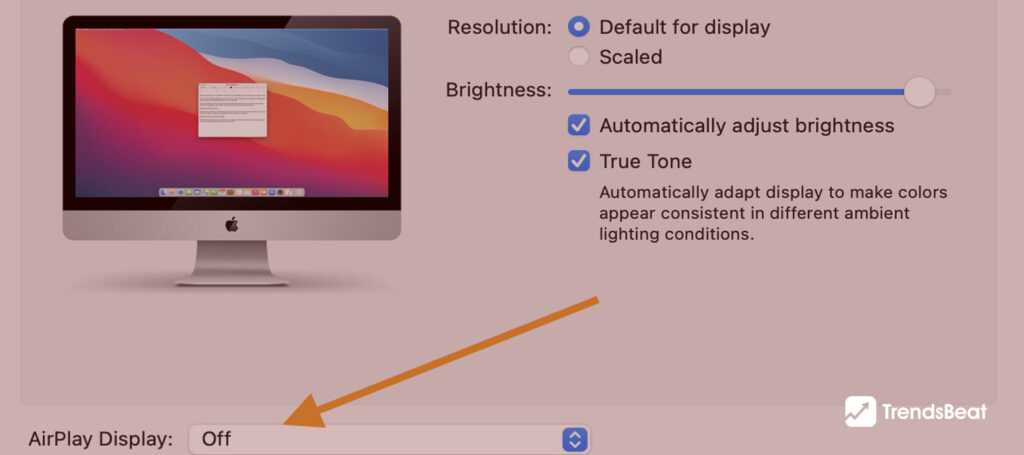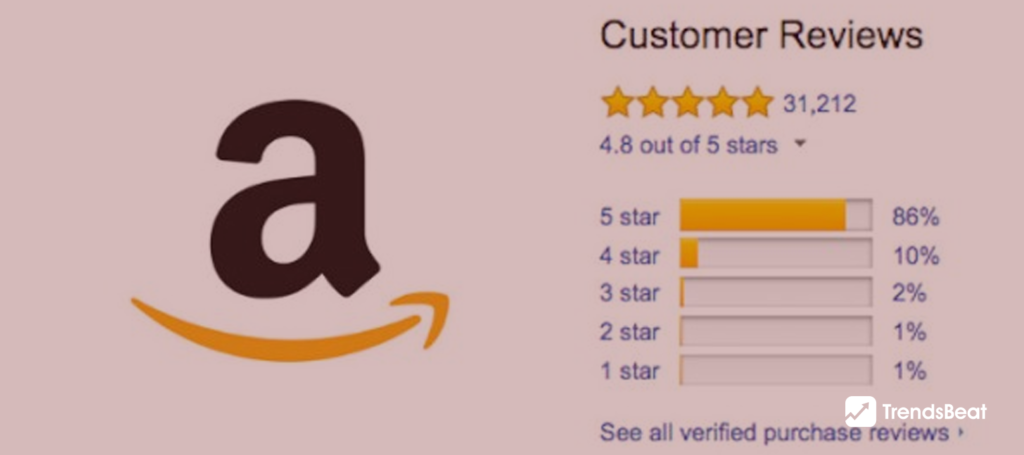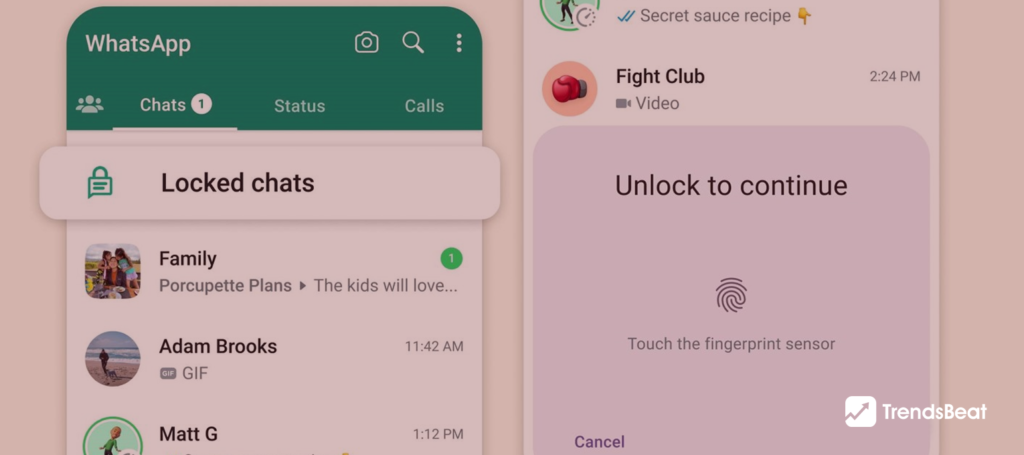How to Develop a Multilingual Email Marketing that Drives Results

Going multilingual is now an essential component of effective email marketing strategy, especially for organizations working in worldwide markets. However, this is a difficult task that demands time and effort. So, what’s the point of making your email marketing multilingual? Indeed, why expand your approach if you can just send emails in English (or any other language)? In this blog, we will tell you the reasons why it is effective to use a multilingual email marketing campaign. Continue reading!
Reasons Why Is It Effective to Develop a Multilingual Email Campaign?
Here are the reasons why a multilingual email marketing strategy is in demand.
Boost Your Email Performance
Email recipients are more likely to interact with the material in their local language. As a result, for some businesses, turning multilingual results in the following:
- Increased conversion rate by 30%
- 56% of those polled stated they preferred material in their native language above an open rate price.
- The open rate (OR) increased by 100%.
Reach a Wider Audience
Knowing your consumers’ geographical location is insufficient. Because they may have varied cultural backgrounds, it is critical to discover their language preferences or even directly question them. One in every five Americans, for example, speaks a language other than English, demonstrating that depending entirely on English is insufficient to reach the whole US population.

Stay Competitive By Better Understanding Your Audience
Running an email marketing campaign in a few/many languages will help you acquire insights into your target audience’s preferences from various regions, allowing you to optimize your strategy accordingly.
How to Develop a Multilingual Email Marketing Campaign that Helps You Grow Your Business?
Here is how you can develop a multilingual marketing strategy that helps businesses grow and boost their sales.
Align Email with Other Modes of Communication
Before embarking on your multilingual email adventure, ensure your website/product is available in the required languages. If it isn’t, and you just want to translate your website into these target languages, ensure all relevant landing pages, such as thank you and unsubscribe, are available. You should also manage social media and the Help Centre in all relevant languages.
Ensure Consistent, High-Quality Translations
Translations must be accurate, high-quality, and consistent to minimize miscommunication and guarantee the message is well-received. Provide a glossary of terminology related to your area and words used across your website to expert translators.
Localize Emails
You don’t just translate emails. You must localize them. The process of transmitting the meaning of a source-language text using an analogous target-language text is known as translation. Localization is a more in-depth strategy that takes into account the target audience’s cultural, visual, and technological factors. It extends beyond word choice to how your email delivers information and is styled (colors, prices, photos, and so on).

Localization necessitates that firms consider the following:
Cultural Differences: Because of cultural differences, you may need to use various images for your emails, use different tones of voice for different nations, or even send emails on different dates. Most European nations, for example, celebrate New Year’s in December, but Israel celebrates it in September. Another example is that Americans favor a more casual tone of voice in conversation, whereas the French, Germans, and Japanese prefer a more official tone.
Units of measurement: In the United States, feet and pounds are used, but meters and kilograms are used in Europe.
Currency: It is preferable to convert prices when contacting individuals all over the world.
Dates: Various time and date formats are used in various locations. Europe uses DD/MM/YYYY, but the United States uses MM/DD/YYYY. Convert dates to letters or select months in letters. (For example, Monday, June 5, 2023.)
Time Zones: This seems simple, but it’s worth mentioning. Consider the recipients’ time zones to ensure that emails are delivered at the most opportune time for the recipients.
Technical compatibility entails ensuring that localized emails are compatible with various devices across many geographies. This involves dealing with right-to-left (RTL) and left-to-right (LTR) text directions, and character encoding.
Current Country Scenarios: Adjust your email localization plan to account for the quickly changing global scene, such as economic changes, instability in politics, or public health emergencies. To remain relevant and responsive to the requirements and concerns of your target audience, you may need to change your messaging, tone, or strategy in certain scenarios.
Legal Requirements: Become acquainted with local rules and regulations, such as privacy policies, anti-spam legislation, and advertising regulations. It will also be beneficial to construct a dictionary of terms that are prohibited in some nations.
You recognize and appreciate the variety of your consumers with multilingual email marketing, developing strong connections, building trust, and ultimately generating commercial success.
Analyze and Optimize- A Key to a Successful Email Campaign!
There is always room to learn, adapt, and develop in any marketing approach. When it comes to your strategy to email marketing, trends come and go, customer motives vary, and technology advances, so there’s rarely a definite solution – at least, not one that everyone can agree on. International email marketing is no different, and analysis is possibly even more vital here because ever-changing worldwide trends can be difficult to keep up with.
Multilingual email marketing is difficult to learn, but doing it correctly allows you to interact with and engage consumers all over the world. Remember to conduct comprehensive research on your foreign consumers, segment your campaigns to particular worldwide audiences, localize your material to guarantee cultural relevance, and avoid depending just on translation. Oh, and don’t forget to analyze, analyze, analyze.















































































![Essential-Cybersecurity-Tips-for-Small-Businesses-[Protect-Your-Data]-TrendsBeat](https://trendsbeat.com/wp-content/uploads/2023/05/Essential-Cybersecurity-Tips-for-Small-Businesses-Protect-Your-Data-feature-image-template-1024x455.jpg)


















![Top Fitness Trends & Workout Routines to Follow [Stay Fit, Stay Healthy]](https://trendsbeat.com/wp-content/uploads/2023/04/feature-image-Top-Fitness-Trends-Workout-Routines-to-Follow-Stay-Fit-Stay-Healthy-1024x455.jpg)










![[Weight Loss Medication Health Effects] Side Effects and Best Advice](https://trendsbeat.com/wp-content/uploads/2023/04/feature-image-Weight-Loss-Medication-Health-Effects-Side-Effects-and-Best-Advice-1024x455.jpg)



